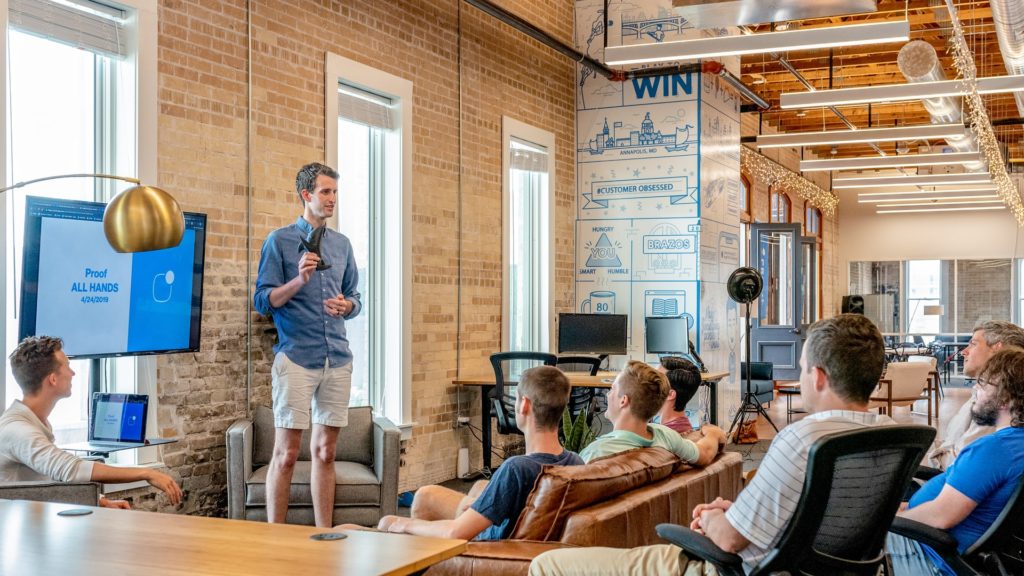The U.S. Economic Development Administration, a branch of the US Department of Commerce, has played a key role in supporting the Opportunity Zone (OZ) program, a tax incentive and economic program formed under the Tax Cuts and Jobs Act of 2017. The Opportunity Zone program was established to stimulate economic development in distressed areas across the United States. With data reported at the end of 2019, Opportunity Zones attracted over $78 billion in investments in underserved areas across the country. These findings were detailed in a study called The Impact of Opportunity Zones: An Initial Assessment Report, issued by the White House Council of Economic Advisors in August of 2020.
Considering 11% of the U.S. population lives in the over 8700 opportunity zones designated across the United States, US Territories, and District of Columbia, the amount of capital poured into these regions has been significant. In fact, many of these otherwise disadvantaged areas would not have found the means for development and revitalization. More than 35 million Americans living in these regions are benefitting from the impact these new businesses are bringing to their communities. Whether it be directly, through job creation, or indirectly, as the areas bring new amenities and economic value that did not exist before.
In May of 2020, the White House Opportunity and Revitalization Council provided a report detailing best practices among those investing in opportunity zones. Examples shared in this report illustrated the creativity Opportunity Zones can bring to help underserved communities.
Real World Examples
In Cleveland, Ohio, a vacant parcel was developed into a 95-unit apartment complex. On the first floor, a bakery was planned, and would be operated by a first-time business owner. Among the 95 units developed, 60% were set aside for workforce housing for families with incomes of $46,000 or less.
In St. Louis, MO, $50 million in Qualified Opportunity Fund capital was put into the City Foundry project, revitalizing the area and transforming a vacant industrial property for mixed-use development.
In Heflin, AL, an old, historic high school was redeveloped into an assisted living and memory care facility. This new property included a chapel, cafe and beauty salon for the residents. The school’s auditorium was also converted to a public space, adding value and making use of what had otherwise been vacant property. In its previous state as a vacant high school, the property was providing no economic impact.
These stories showcase how Opportunity Zone investments are revitalizing communities and creating impacts that are measured beyond the millions of dollars they are generating in these underprivileged areas. Opportunity Zones provide a pathway to change lives for the people living in these communities.
If you would like information about investing in Opportunity Zones, we want to hear from you. Our QOZB Expert team would be happy to consult with you.
